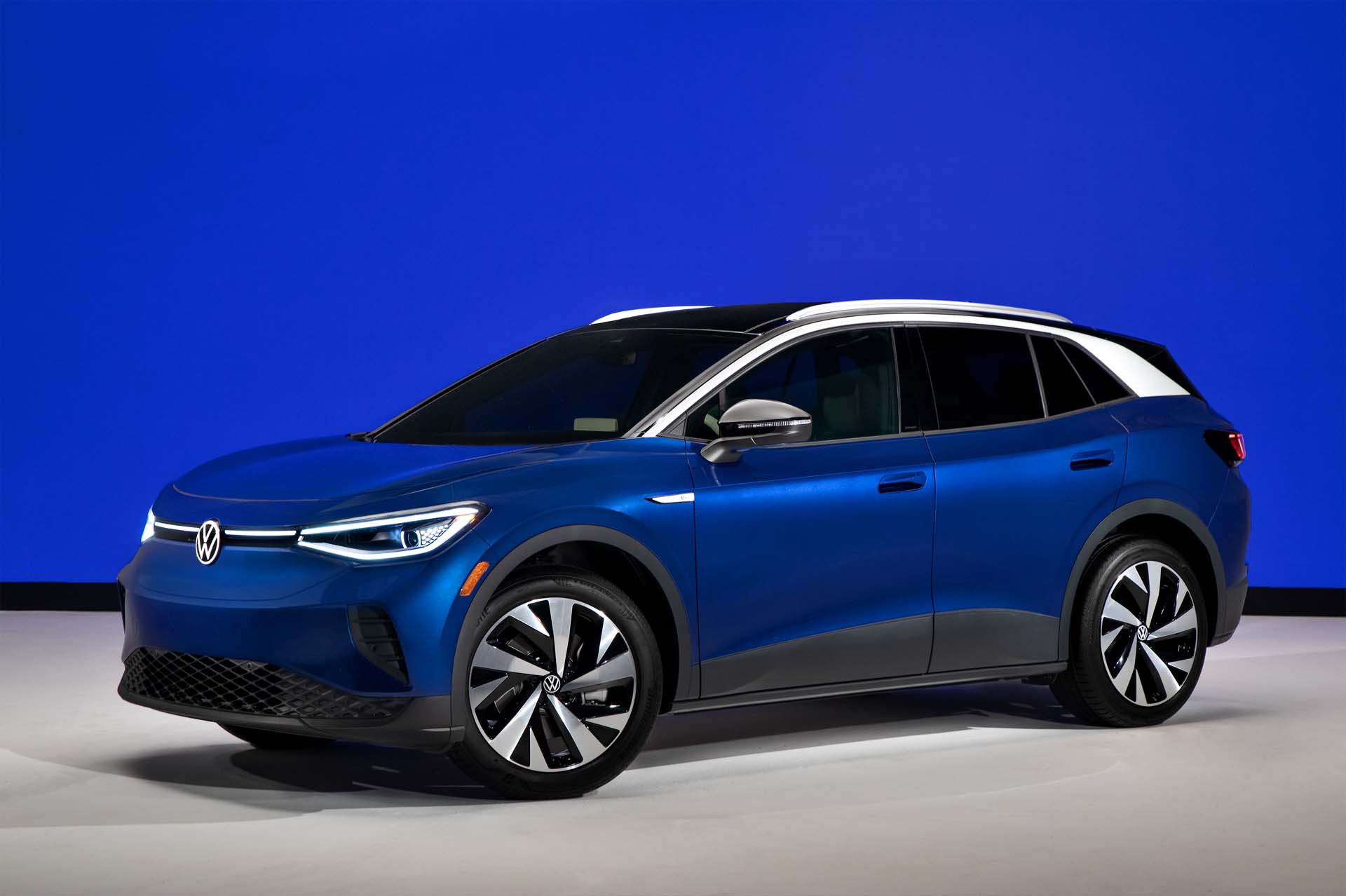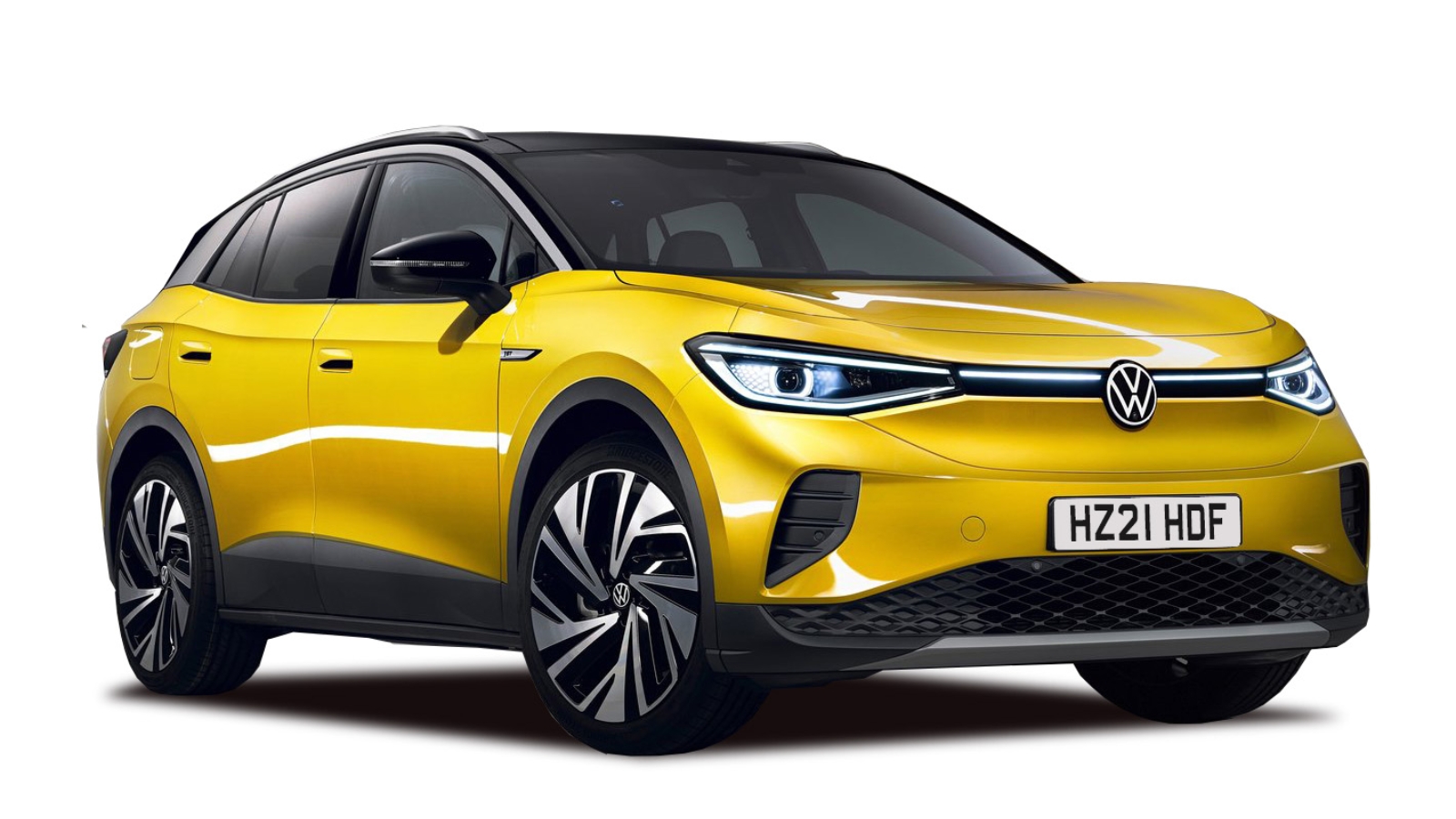Volkswagen is listening to its customers, and the news couldn’t be better for anyone who’s ever fumbled with touch-sensitive controls while driving. The German automaker is planning a comprehensive overhaul of its popular ID.4 electric crossover that will fundamentally change how you interact with your vehicle.
What’s Actually Changing?
The upcoming ID.4 transformation goes far beyond a simple facelift. Volkswagen’s head of technical development, Kai Grünitz, has confirmed that this will be “a completely different car” when it arrives by the end of 2026 for the 2027 model year.
The Return of Real Buttons
Here’s what drivers have been waiting for: physical controls are making a comeback. The updated ID.4 will feature dedicated buttons for the five most important functions that people use daily while driving.
Essential Physical Controls Include:
- Volume control (with a proper round knob)
- Heating controls for both sides of the car
- Fan speed adjustment
- Hazard lights
- Climate temperature settings
This represents a complete reversal from the current touch-sensitive sliders and haptic controls that many drivers find frustrating and potentially distracting while driving.
Design Revolution
The exterior design will also see dramatic changes. The new ID.4 will adopt the design language from the upcoming ID.2 hatchback, creating a more cohesive family look across Volkswagen’s electric lineup. Expect a “lower and squatter stance” that should give the crossover a more grounded, confident appearance.
Why This Change Matters
Safety First
Andreas Mindt, Volkswagen’s head of design, has been particularly vocal about this shift, stating: “We will never, ever make this mistake again. On the steering wheel, we will have physical buttons. Honestly, it’s a car. It’s not a phone.”
Safety regulators have consistently warned that complex touchscreen menus take drivers’ attention away from the road. The return to physical controls addresses these legitimate safety concerns.
Customer Feedback Wins
This isn’t just about following trends – it’s about listening to real-world feedback. Many ID.4 owners have complained about the current system’s lack of intuitive operation, especially when trying to make quick adjustments while driving.
Technical Improvements Beyond Buttons
| Current ID.4 | 2027 ID.4 Overhaul |
|---|---|
| Touch-sensitive sliders | Physical buttons and knobs |
| Capacitive steering wheel controls | Traditional physical steering buttons |
| Single design language | ID.2-inspired family design |
| MEB platform | Enhanced MEB+ platform |
| Current battery technology | Advanced battery and inverter tech |
| Standalone model identity | “Electric Tiguan” positioning |
Platform and Performance Updates
The updated ID.4 will benefit from Volkswagen’s enhanced MEB+ platform, bringing efficiency and performance improvements similar to those found in the newer ID.7. This includes more advanced electric motors and contemporary battery technology.
Interior Transformation
Beyond the return of physical controls, the entire dashboard and user interface will be redesigned. This represents the most significant interior change since the ID.4’s original launch.
What About the Name?
Interestingly, Volkswagen might not even call it the ID.4 anymore. Industry reports suggest the updated model could be renamed as the “Tiguan Electric” or simply “electric Tiguan,” leveraging the strong recognition of Volkswagen’s best-selling global nameplate.
This naming strategy makes sense – the ID.4 essentially serves as the electric version of the popular Tiguan crossover, offering similar space and utility.
Timeline and Availability
When Can You Get One?
The redesigned model is scheduled to debut sometime in 2026, arriving as a 2027 model year vehicle. The current ID.4 will continue unchanged until then, so if you’re considering an electric Volkswagen, you’ll need to decide whether to wait for the improved version or proceed with the current model.
Production Considerations
Volkswagen plans to use this extensive update to keep the ID.4 competitive well into the decade, buying time until the company’s next-generation SSP (Scalable Systems Platform) arrives around 2030.
The Bigger Picture
This ID.4 overhaul represents more than just product improvement – it signals Volkswagen’s willingness to admit when something isn’t working and make substantial changes based on customer feedback.
The move away from Tesla-inspired minimalism back toward traditional automotive controls suggests that the industry may be finding a better balance between technology and usability.
For current ID.4 owners, this might seem frustrating – why didn’t Volkswagen get it right the first time? But for future buyers, it represents a significant step forward in creating an electric vehicle that feels familiar and intuitive to operate.
The 2027 ID.4 overhaul promises to deliver the electric driving experience that many customers wanted from the beginning: advanced technology that doesn’t sacrifice everyday usability for the sake of appearing futuristic.
Frequently Asked Questions
Q: Will current ID.4 owners be able to retrofit physical buttons?
A: No, the changes require a completely new dashboard and interior design that can’t be retrofitted to existing vehicles.
Q: When exactly will the updated ID.4 be available?
A: The redesigned model is expected to debut by the end of 2026 as a 2027 model year vehicle.
Q: Will the updated ID.4 cost more than the current version?
A: Volkswagen hasn’t announced pricing yet, but the extensive updates may result in a modest price increase.
2025 Toyota Land Cruiser revealed with bold new design, tech
